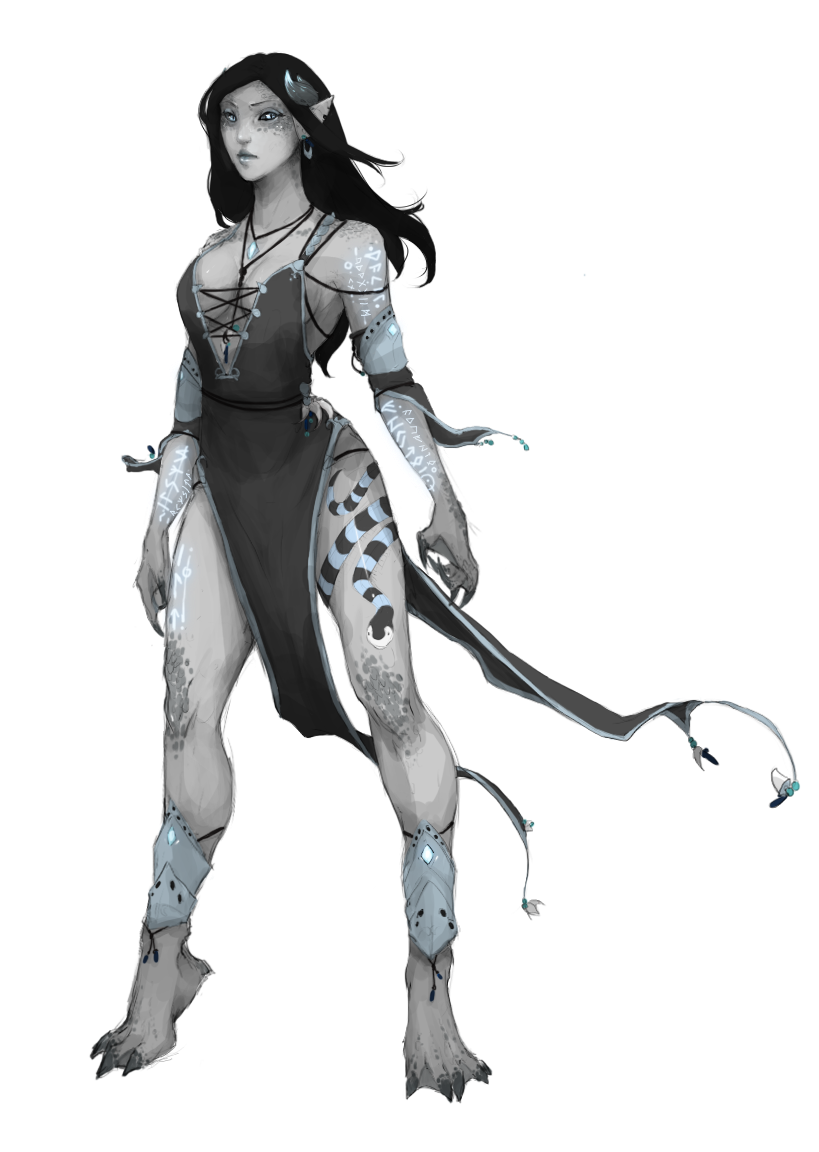

The first thing to establish about half-orcs is that they’re certified meat-shields. If you’re more of a fighter, choose a mountain dwarf, as they get added strength and proficiency in both light and medium armour. If you’re after more resilience, pick a hill dwarf, as you’ll get an increase to your maximum hit points, as well as an increase to your wisdom.

They’re pretty much what you expect from a classic dwarf: short, stout and good with a set of tools.

However, with that in mind, we’re going to provide our own brief, but hopefully informative, look at what each race is really about – and help you decide what your own roleplaying avatar will be. Whilst the nitty-gritty elements of the Player’s Handbook are a chore to read - which is why we’ve broken it down nicely in our guide to how to get started with Dungeons & Dragons - the little bits of flavour text are actually quite good and can help you get a better understanding of how each race fits into the D&D world as you create your character. The character creation section of the Dungeons & Dragons 5E Player's Handbook provides a decent selection of major races, and their sub-section of races, each one bringing their own unique set of traits, sometimes both positive and negative. However, as we advise in our guide to Dungeons & Dragons 5E character creation (which you really should have read already), jumping straight into the wacky world of the wider D&D universe and homebrew content for your very first character is a tad ambitious. Theoretically, you can create a character with any race featured in the Dungeons & Dragons universe (including typical enemy races, such as bugbears).


 0 kommentar(er)
0 kommentar(er)
